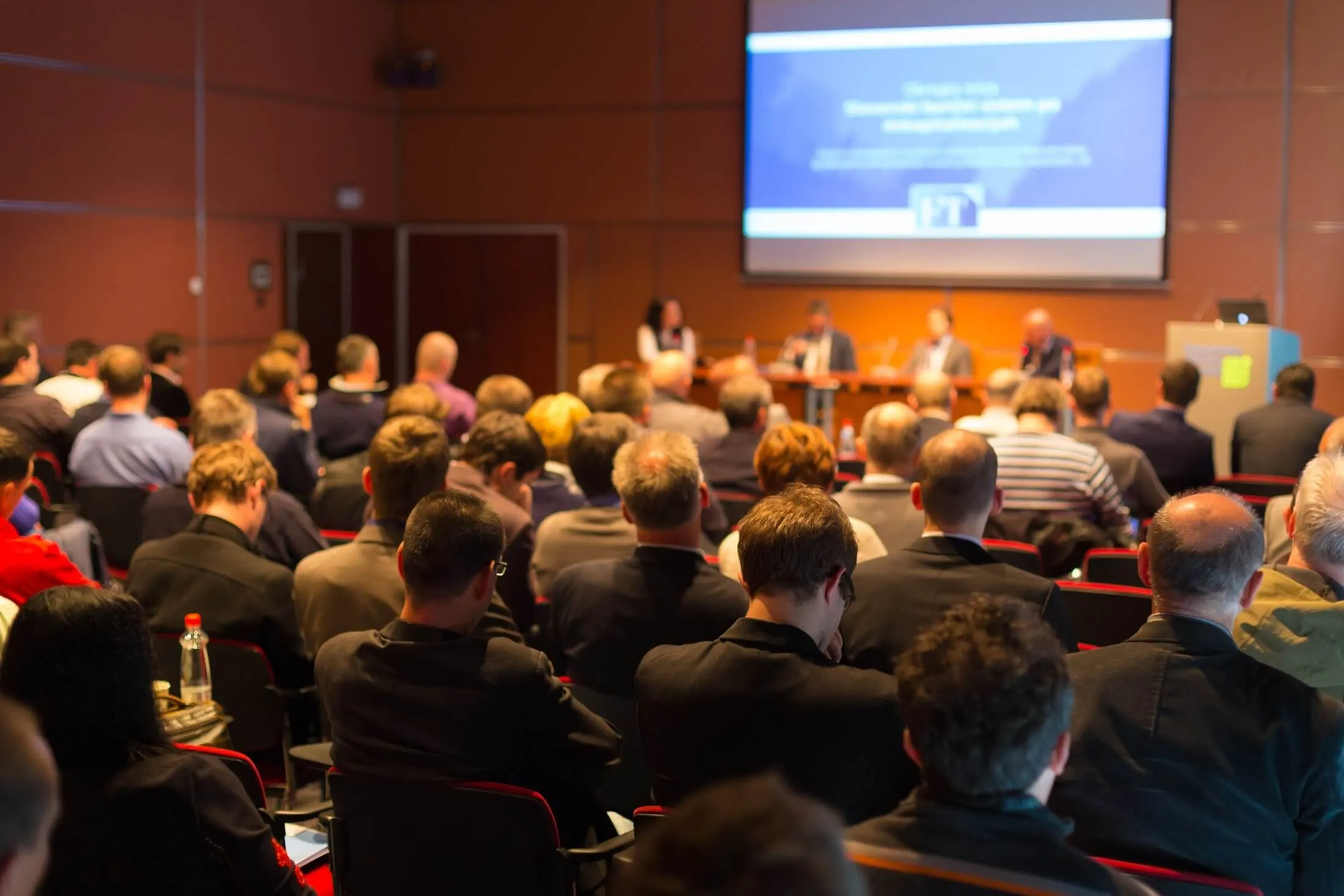Business Technology News Roundup: Oct 17, 2025
Discover five pivotal U.S. tech stories from October 13-17, 2025 covering chip industry shifts, AI-market rebounds, Big Tech strategies and conference relocations.
The week of October 13–17, 2025, proved eventful for U.S. technology and business audiences alike. With significant shifts in semiconductor geography, renewed investor optimism in AI hardware, Big Tech’s strategic streaming and device moves, and trade-war signals affecting tech supply chains, these developments carry implications for IT strategy, digital transformation and technology consultancy. Below are the five most relevant stories each with deeper detail and analysis.
Stories

Although less front-page than consumer launches, the underlying tension in U.S.–China supply chains deepened this week, with Washington signalling that proposed Chinese export controls on rare-earth minerals could catalyse broader decoupling. Rare-earth elements are foundational to advanced electronics, EV batteries and defence systems and U.S. companies are increasingly auditing their procurement and logistics exposure. The broader implication for technology consultancies: clients must incorporate geostrategic supply-chain risk into infrastructure and hardware-planning decisions. Whether it’s multi-sourcing, near-shoring, or increased inventory buffers, the new baseline for hardware strategies includes macro-political fragility as a design variable.

The week also saw notable, though less-publicised, momentum in enterprise-software and HR-tech funding. For example, HR-platform firm Deel raised $300 million at a $17.3 billion valuation, and an AI “digital twin” startup launched by the co-founders of Eightfold AI raised $35 million for automating insight when employees are unavailable. These moves reflect the broader enterprise-trend: companies are investing not just in first-order AI capabilities, but in workflow automation, talent-continuity tools and digital-workforce enablement. IT consultancies and CIOs should view this as a sign that “digital transformation” is shifting from pure tech-stack upgrades toward orchestration of people, process and digital-agent interactions.

Amid a week of consumer-tech activity, Apple made several strategic moves: launching devices powered by its new M5 chip, updating its product lineup, and securing an exclusive U.S. broadcasting deal for Formula 1 starting in 2026. The M5-enabled MacBook Pro and iPad Pro highlight Apple’s continued push into high-performance hardware optimized for AI tasks. Meanwhile, the sports-streaming deal aligns Apple’s content strategy with its device ecosystem, reinforcing subscription lock-in and servicing the “everything Apple” consumer experience. For enterprise and IT consultancies, these developments suggest that hardware refresh-cycles, edge-device AI usage and content-delivery infrastructure will become more relevant in strategic discussions, especially for clients evaluating device-strategy and media/entertainment verticals.

U.S. stock markets rebounded sharply on October 13 as tech and chip stocks led the gain, propelled by easing rhetoric toward China and stronger earnings from AI-hardware vendors. Notably, Broadcom Inc. surged nearly 10 % following its announcement of a partnership with OpenAI Inc. to develop AI processors. The Nasdaq posted its strongest single-day rise since May, while the S&P 500 and Dow also made healthy gains. Analysts noted that the relief on trade tensions allowed investors to refocus on the long-term growth narrative of AI infrastructure. However, they also cautioned that underlying risks such as supply-chain exposure to China and valuations stretched by AI exuberance remain. For organizations evaluating tech infrastructure or AI initiatives, this moment reinforces that hardware-cycle timing, strategic vendor relationships and geopolitical risk should factor into planning.

For the first time in its 50-year history, SEMICON West the marquee North American semiconductor industry conference was held in Phoenix rather than San Francisco, drawing more than 20,000 attendees. The relocation underscores more than just venue logistics: it signals a tangible geographic shift in the U.S. chip ecosystem. Arizona’s business-friendly policies, lower energy and property costs, and incentives tied to advanced-manufacturing investments (including those under the CHIPS Act) appear more attractive than California’s increasingly constrained environment. As companies like Intel Corporation expand operations in the Sun Belt, the conference’s successful debut in Phoenix may prompt a more permanent redistribution of chip-industry infrastructure and talent. For IT consultants and enterprise technology planners, this evolution means rethinking supply-chain risk profiles, regional vendor ecosystems and talent availability beyond the traditional Silicon Valley axis.

For the first time in its 50-year history, SEMICON West the marquee North American semiconductor industry conference was held in Phoenix rather than San Francisco, drawing more than 20,000 attendees. The relocation underscores more than just venue logistics: it signals a tangible geographic shift in the U.S. chip ecosystem. Arizona’s business-friendly policies, lower energy and property costs, and incentives tied to advanced-manufacturing investments (including those under the CHIPS Act) appear more attractive than California’s increasingly constrained environment. As companies like Intel Corporation expand operations in the Sun Belt, the conference’s successful debut in Phoenix may prompt a more permanent redistribution of chip-industry infrastructure and talent. For IT consultants and enterprise technology planners, this evolution means rethinking supply-chain risk profiles, regional vendor ecosystems and talent availability beyond the traditional Silicon Valley axis.

U.S. stock markets rebounded sharply on October 13 as tech and chip stocks led the gain, propelled by easing rhetoric toward China and stronger earnings from AI-hardware vendors. Notably, Broadcom Inc. surged nearly 10 % following its announcement of a partnership with OpenAI Inc. to develop AI processors. The Nasdaq posted its strongest single-day rise since May, while the S&P 500 and Dow also made healthy gains. Analysts noted that the relief on trade tensions allowed investors to refocus on the long-term growth narrative of AI infrastructure. However, they also cautioned that underlying risks such as supply-chain exposure to China and valuations stretched by AI exuberance remain. For organizations evaluating tech infrastructure or AI initiatives, this moment reinforces that hardware-cycle timing, strategic vendor relationships and geopolitical risk should factor into planning.

Amid a week of consumer-tech activity, Apple made several strategic moves: launching devices powered by its new M5 chip, updating its product lineup, and securing an exclusive U.S. broadcasting deal for Formula 1 starting in 2026. The M5-enabled MacBook Pro and iPad Pro highlight Apple’s continued push into high-performance hardware optimized for AI tasks. Meanwhile, the sports-streaming deal aligns Apple’s content strategy with its device ecosystem, reinforcing subscription lock-in and servicing the “everything Apple” consumer experience. For enterprise and IT consultancies, these developments suggest that hardware refresh-cycles, edge-device AI usage and content-delivery infrastructure will become more relevant in strategic discussions, especially for clients evaluating device-strategy and media/entertainment verticals.

The week also saw notable, though less-publicised, momentum in enterprise-software and HR-tech funding. For example, HR-platform firm Deel raised $300 million at a $17.3 billion valuation, and an AI “digital twin” startup launched by the co-founders of Eightfold AI raised $35 million for automating insight when employees are unavailable. These moves reflect the broader enterprise-trend: companies are investing not just in first-order AI capabilities, but in workflow automation, talent-continuity tools and digital-workforce enablement. IT consultancies and CIOs should view this as a sign that “digital transformation” is shifting from pure tech-stack upgrades toward orchestration of people, process and digital-agent interactions.

Although less front-page than consumer launches, the underlying tension in U.S.–China supply chains deepened this week, with Washington signalling that proposed Chinese export controls on rare-earth minerals could catalyse broader decoupling. Rare-earth elements are foundational to advanced electronics, EV batteries and defence systems and U.S. companies are increasingly auditing their procurement and logistics exposure. The broader implication for technology consultancies: clients must incorporate geostrategic supply-chain risk into infrastructure and hardware-planning decisions. Whether it’s multi-sourcing, near-shoring, or increased inventory buffers, the new baseline for hardware strategies includes macro-political fragility as a design variable.
Stay Connected : Follow NDIT Solutions on LinkedIn, for more insights and updates.
Need Expert IT Guidance? Our team of experienced consultants is here to help your business navigate the complex world of IT. Contact us today at info@nditsolutions.com or call 877-613-8787 to learn how we can support your technology needs.
See you next week for another round of essential IT news!

.webp)






